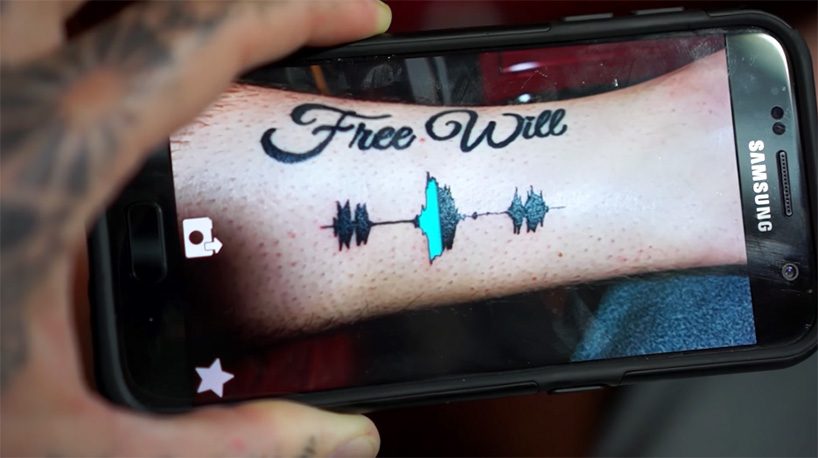The world of tattoos is experiencing a technological revolution, with animated and augmented reality (AR) tattoos emerging as some of the most exciting trends. These innovations are transforming traditional static designs into dynamic and interactive experiences. In this blog, we’ll delve into how animated and AR tattoos shape body art’s future, exploring their technology, creative possibilities, and potential impacts on the industry.
Understanding Animated Tattoos
What Are Animated Tattoos?

Animated tattoos use technology to create motion effects, making designs appear moving or changing. These tattoos often involve special inks, sensors, or digital interfaces that bring static designs to life. The animation can range from simple motions to complex, multi-layered visual experiences.
Technology Behind Animated Tattoos
- Electrochromic Inks: Some animated tattoos utilize electrochromic inks, which change color or appearance when subjected to electrical currents. These inks can create dynamic visual effects that respond to user interaction.
- LED Integration: Another approach involves embedding LED lights beneath the skin’s surface, which can be activated to create glowing or animated effects.
- Wearable Devices: Certain animated tattoos work in conjunction with wearable technology, such as smartwatches or fitness trackers, which control the animation through Bluetooth or other wireless connections.
Exploring Augmented Reality Tattoos
What Are AR Tattoos?

Augmented reality tattoos use AR technology to overlay digital animations or interactive elements on the inked design, creating an enhanced experience. Viewers can use AR apps or devices to see additional layers of information, motion, or interactivity not visible in the tattoo’s static form.
Technology Behind AR Tattoos
- AR apps work by scanning the tattoo with a smartphone or tablet camera and displaying augmented content. These apps can create animations, add virtual elements, or provide interactive features.
- Marker-Based AR: Some AR tattoos use specific markers or patterns within the design that trigger augmented content when scanned by AR technology.
- 3D Modeling: Advanced AR tattoos may involve 3D modeling to create lifelike animations and interactions that respond to the viewer’s movements and perspectives.
Creative Possibilities and Trends
Artistic Expression
Integrating animation and AR technology opens up new avenues for artistic expression in tattoo design. Artists can now create tattoos that tell stories, convey complex emotions, or interact with viewers uniquely. This trend allows for greater personalization and customization, offering clients a more immersive and meaningful tattoo experience.
Interactivity and Engagement
Tattoos come to life with a touch or gesture when enhanced with animated and AR technology. An AR app can reveal hidden layers within the tattoo, adding an interactive and immersive element to body art.”
Technological Integration
As technology advances, the integration of animated and AR tattoos will likely become more sophisticated. Future developments may include more seamless technology integration, improved battery life for wearable components, and enhanced AR experiences.
Challenges and Considerations
Durability and Maintenance
One of the challenges with animated and AR tattoos is ensuring their durability and maintenance. To ensure consistent performance and prevent damage, we must carefully manage the technology embedded in or around the tattoo. Tattoo aftercare and potential technological wear and tear are important considerations for artists and clients.
Privacy and Security
AR tattoos that involve data collection or interaction with digital platforms may raise privacy and security concerns. It is crucial to protect personal information and ensure that users know how their data is being used in order to address these concerns.
The trend of animated and augmented reality tattoos represents a groundbreaking evolution in body art. By combining traditional tattooing with advanced technology, artists and clients can explore new dimensions of creativity, interactivity, and personalization. With advancing technology, the possibilities for ink in motion will continue to expand, offering new ways to enjoy tattoos.




